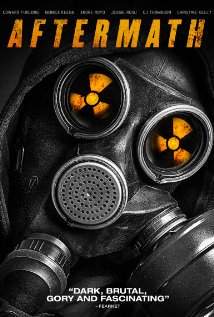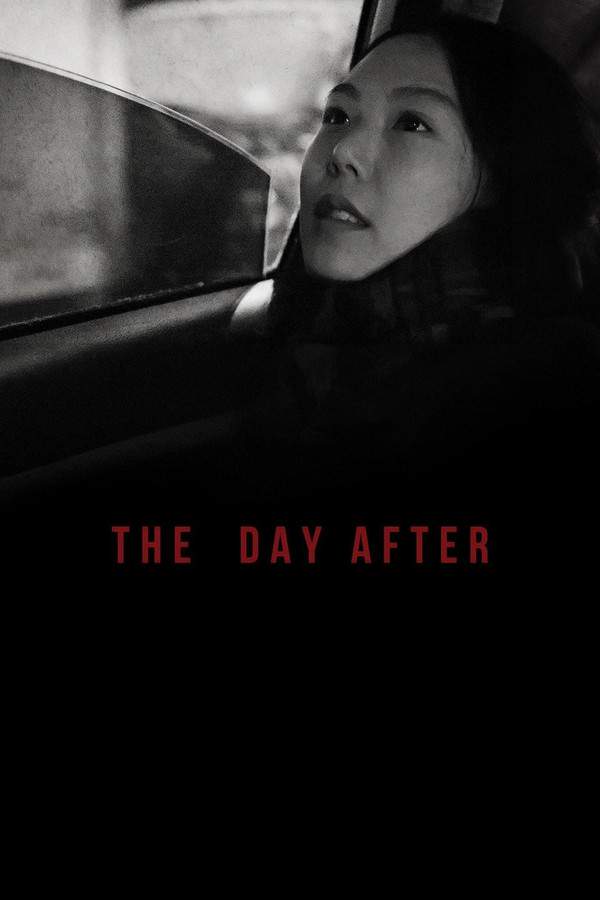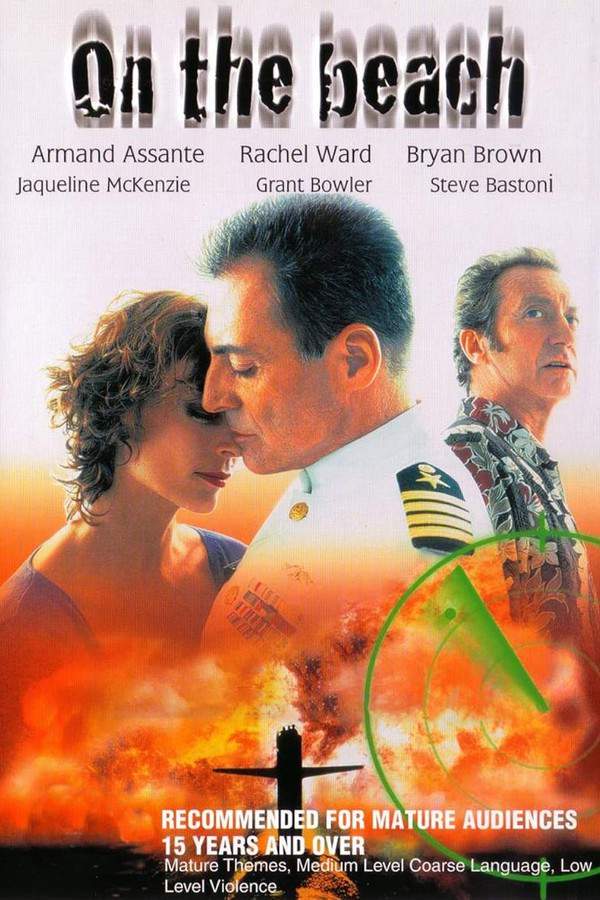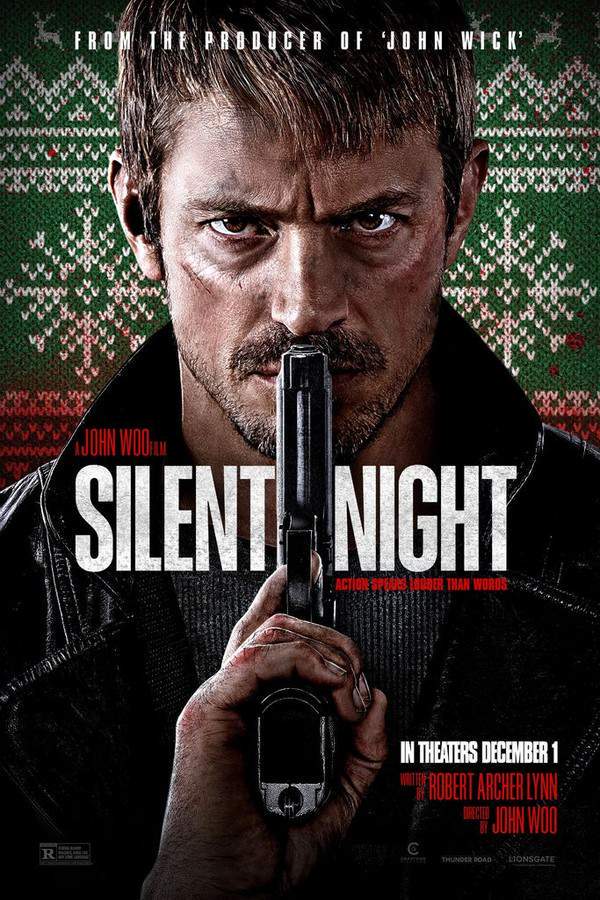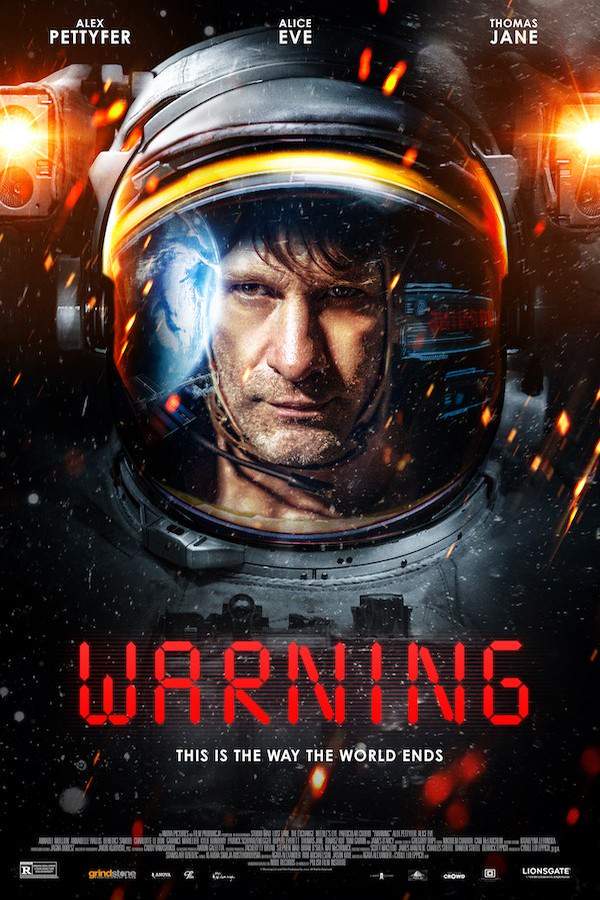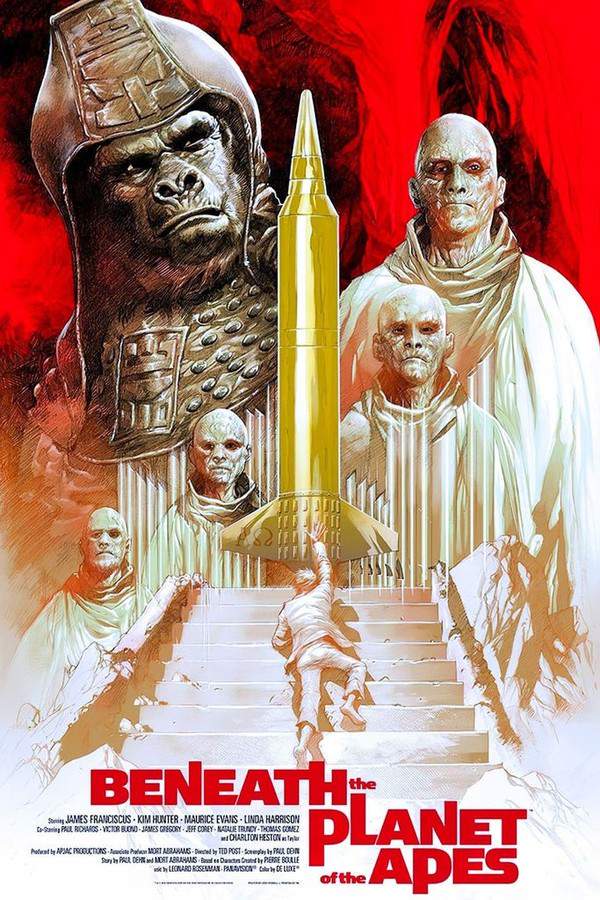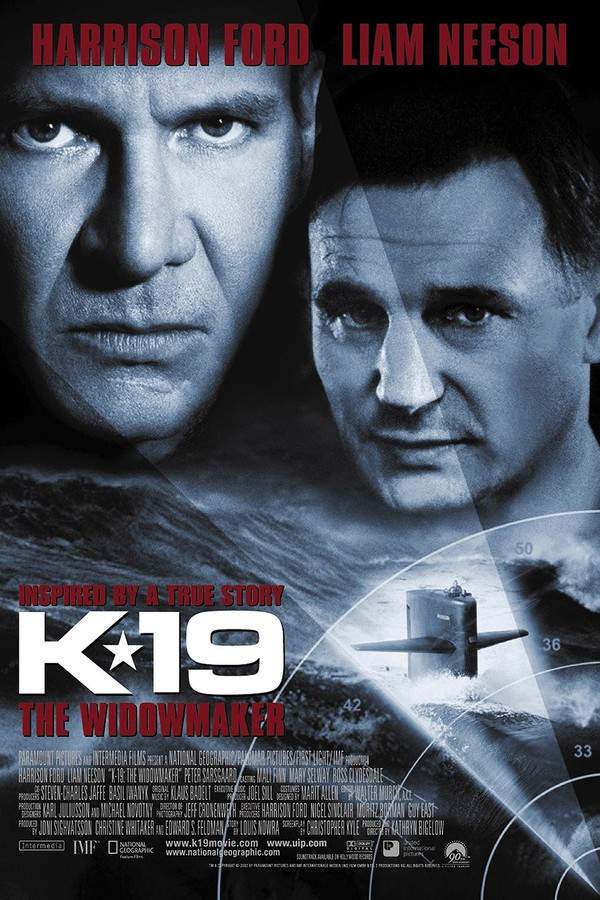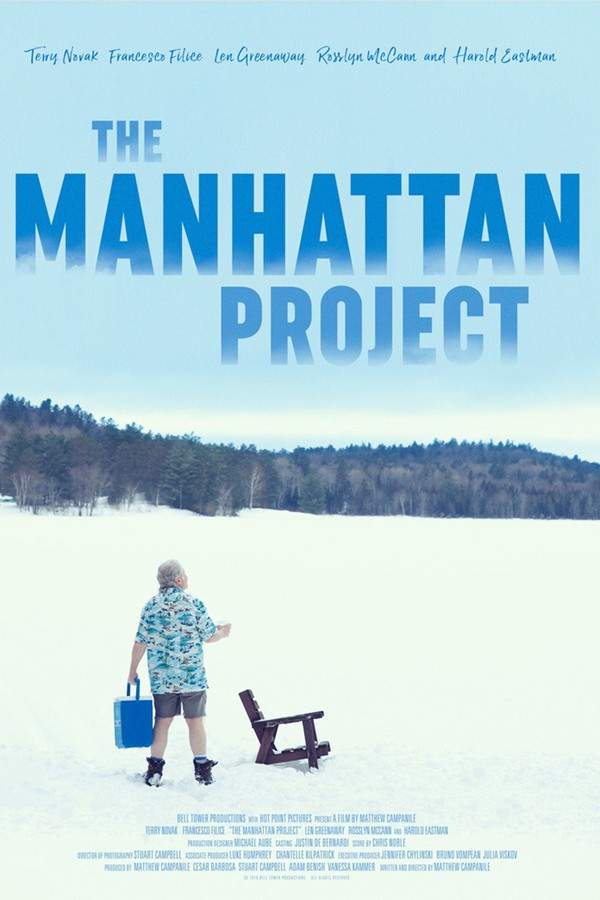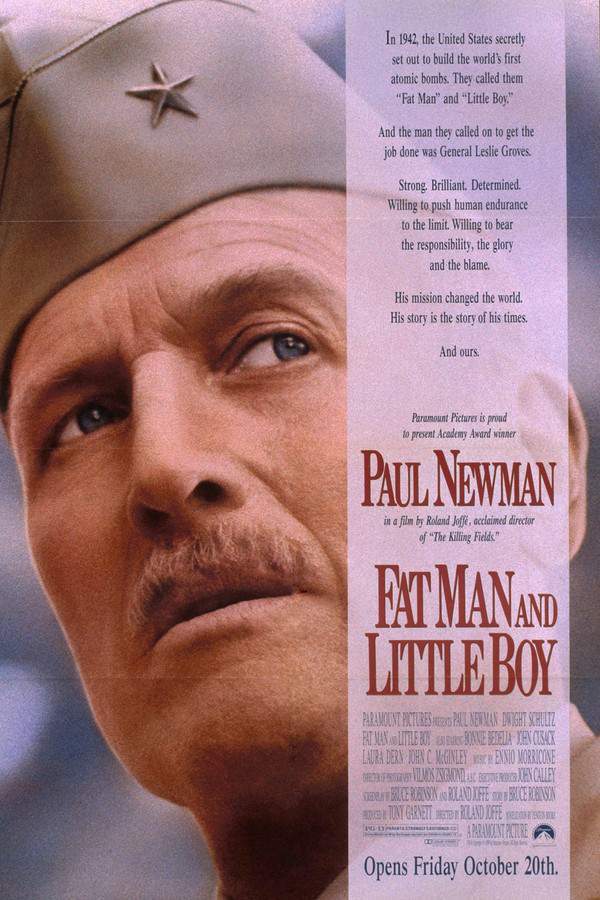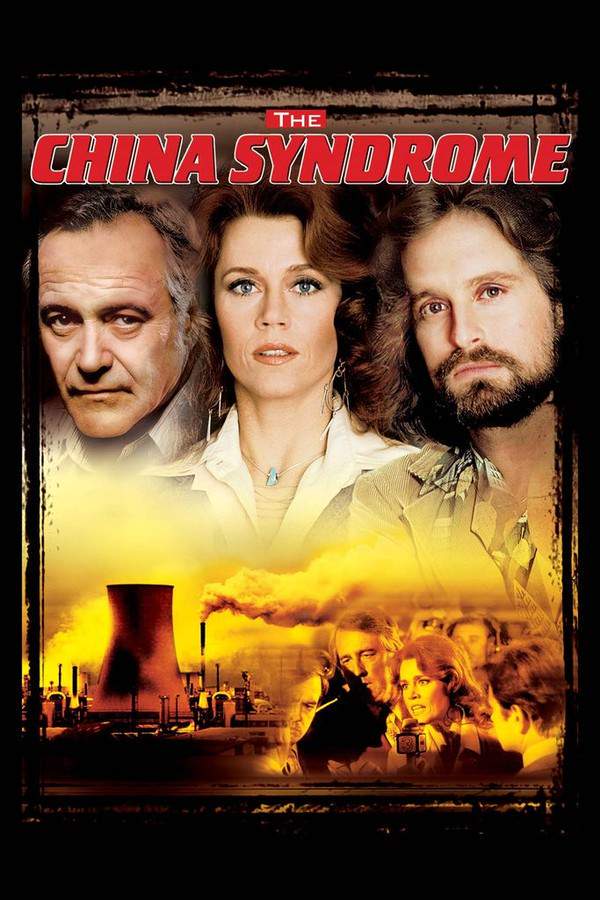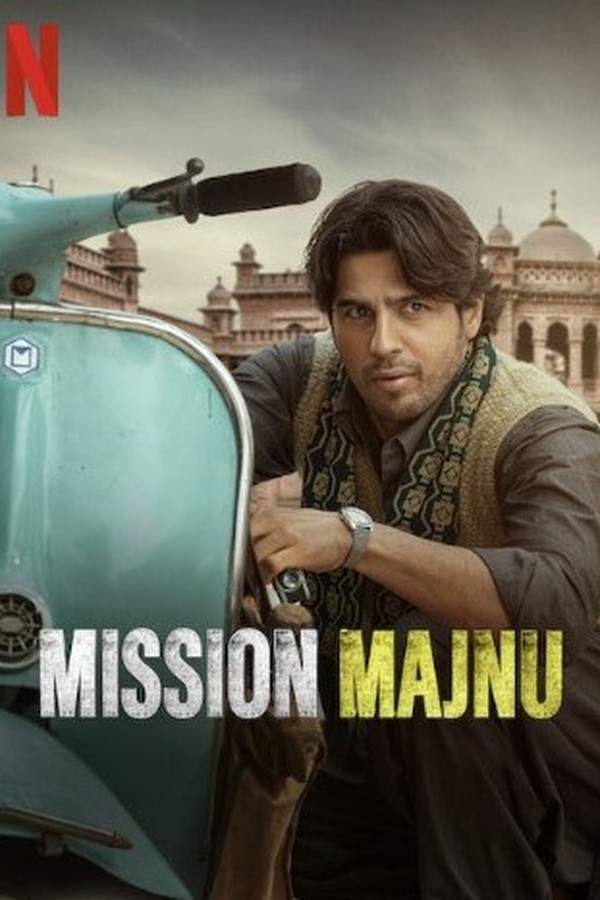
The Last War
Year: 1961
Runtime: 110 mins
Language: Japanese
Director: Shūe Matsubayashi
Learn what will happen if another global war breaks out! A Japanese family is torn apart by the tensions of an avoidable nuclear world war between the superpowers.
Warning: spoilers below!
Haven’t seen The Last War yet? This summary contains major spoilers. Bookmark the page, watch the movie, and come back for the full breakdown. If you're ready, scroll on and relive the story!
The Last War (1961) – Full Plot Summary & Ending Explained
Read the complete plot breakdown of The Last War (1961), including all key story events, major twists, and the ending explained in detail. Discover what really happened—and what it all means.
Mokichi Tamura, Frankie Sakai, works as a driver for a press center in a rapidly rebuilding Tokyo, sixteen years after the end of World War II, hoping for happiness for his family. His daughter, Saeko Tamura, Yumi Shirakawa, is in love with Takano, a merchant who has been at sea for a long time, and the young couple plan to marry with Saeko’s father’s blessing.
Meanwhile, tensions between the Federation and the Alliance—fictional stand-ins for the United States/NATO and the USSR/Warsaw Pact—grow after an intelligence vessel is captured. A new Korean War erupts across the 38th parallel, drawing both blocs into renewed conflict. Dogfights between Federation and Alliance fighters over the Arctic Ocean flare up, accompanied by the looming threat of nuclear-tipped air battles. Two ICBMs come close to being launched but are halted, and government officials worry that Japan could face retaliation for its visible support of the Federation. After an armistice between North and South Korea, fighting flares again as tensions widen, and the military efforts to prevent catastrophe prove fruitless.
Five ICBMs are eventually launched, targeting major cities around the world: Tokyo, London, Paris, New York, and Moscow. The Tamura family stays in Tokyo as panic grips the city, sharing a final dinner where Mokichi sobs at the thought that Saeko may never marry Takano and that his other children might not reach adulthood. The first missile detonates miles above the National Diet Building, and Tokyo is blown apart—ground turned to a fissured, lava-stitched wasteland with the Diet Building at its center. The remaining four missiles strike Moscow, New York, London, and Paris in quick succession, suggesting a broader mayhem beyond the Japanese capital, with additional launches hinted at from submarines or Arctic sites.
The following morning, Takano and his crew alter their course toward Tokyo’s ruins, prepared to face deadly radioactive fallout. The ship’s maitre d’ wonders whether any survivors remain, while Takano and his companions confront despair as he learns that Saeko is dead. The film closes with a stark image of Tokyo as a vast crater, the Diet Building still standing near the center and surrounded by cooled lava flows, before an on-screen warning underscores that such events must never occur in reality.
Last Updated: October 09, 2025 at 11:24
Explore Movie Threads
Discover curated groups of movies connected by mood, themes, and story style. Browse collections built around emotion, atmosphere, and narrative focus to easily find films that match what you feel like watching right now.
Apocalyptic family tragedies like The Last War
Stories where a global cataclysm is witnessed through the intimate collapse of a family.For viewers who liked The Last War, discover other movies that explore the end of the world through the intimate lens of a family drama. These films share a heavy emotional weight, bleak tone, and focus on the personal cost of survival in the face of global catastrophe.
Narrative Summary
The narrative follows a family unit as they navigate a world-ending event, typically starting with a semblance of normalcy that is systematically destroyed. The plot centers on their internal conflicts, desperate attempts at survival, and the tragic realization that their world and future are irrevocably lost.
Why These Movies?
Movies are grouped here for their shared focus on the domestic sphere as the primary setting for an apocalyptic story. They blend high-intensity global stakes with the profound, intimate tragedy of a family torn apart, resulting in a consistently heavy and bleak viewing experience.
Movies with nuclear anxiety like The Last War
Methodical dramas that build unbearable tension around the threat of atomic annihilation.If you were gripped by the tense, methodical build-up of nuclear dread in The Last War, this collection features similar stories. These films capture the cold war era's pervasive fear and political anxiety, often leading to a catastrophic and bleak conclusion.
Narrative Summary
Stories unfold in a world on the brink, where geopolitical tensions escalate with a sense of dreadful inevitability. The narrative pattern involves a steady, often linear, progression towards a cataclysmic event, emphasizing the helplessness of individuals caught in a larger political conflict they cannot control.
Why These Movies?
These films are united by their central theme of nuclear paranoia and their consistent tone of bleak tension. They share a similar pacing that methodically leads to a devastating payoff, creating a cohesive vibe of despair and cautionary warning.
Unlock the Full Story of The Last War
Don't stop at just watching — explore The Last War in full detail. From the complete plot summary and scene-by-scene timeline to character breakdowns, thematic analysis, and a deep dive into the ending — every page helps you truly understand what The Last War is all about. Plus, discover what's next after the movie.
The Last War Timeline
Track the full timeline of The Last War with every major event arranged chronologically. Perfect for decoding non-linear storytelling, flashbacks, or parallel narratives with a clear scene-by-scene breakdown.

Characters, Settings & Themes in The Last War
Discover the characters, locations, and core themes that shape The Last War. Get insights into symbolic elements, setting significance, and deeper narrative meaning — ideal for thematic analysis and movie breakdowns.

More About The Last War
Visit What's After the Movie to explore more about The Last War: box office results, cast and crew info, production details, post-credit scenes, and external links — all in one place for movie fans and researchers.



